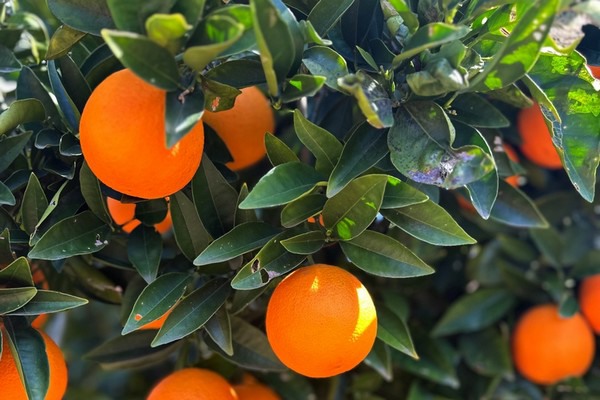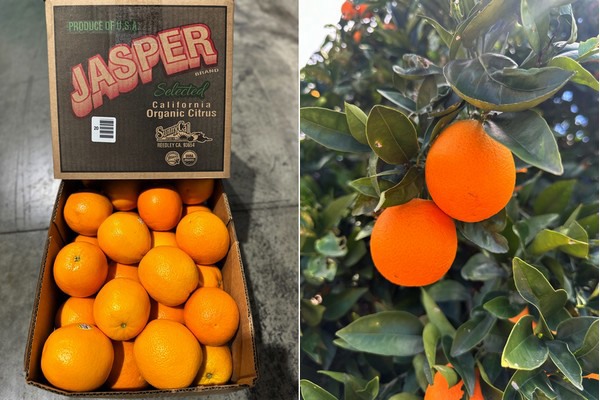The supply of California Valencia oranges is tightening. "Globally, juice oranges are in tight supply," says CJ Buxman of Sunny Cal Farms.
There are a few reasons leading to this starting with the challenges Florida has seen with the effect of HLB disease on its citrus crop. Then in California, District 1 which is the Central Valley, is also seeing supply issues of a different sort. "In District 1 this year, the crop is light so that's producing large fruit. It's common to see sizes 36, 40, or 48 count which are not the premium sizes for Valencias," says Buxman, adding that juicing machines typically take 88 to 138 sizes for juice and those sizes are seeing a shortage in the District.

That in turn puts more pressure on District 2 or the Southern California crop, which has more premium Valencia sizes available, but not enough to meet the entire demand of the market. It's a different picture from last year when all regions of California were providing supply and District 1 had a bigger crop.
What to do with existing supply
With steady demand for Valencias, Buxman says shippers can either limit the crop that they're harvesting to extend the season, or they can meet the demand and end the season early. "Most shippers are trying to support the contracts that they have with retailers and juicers so they have less fruit on the open market of those sizes that are the highest in demand," Buxman says.

Then there's the bigger picture in general for Valencia oranges in California and that is that over the past decade, growers have not been planting Valencias and opting largely to plant mandarin varieties instead. "The Valencias that are in the ground also have quite a bit of age on them–in District 2, many of those trees are 40, 50, and 60 years old and not being replanted," Buxman says.
So where is this leaving pricing? Buxman notes that April saw record-high pricing for juice oranges. While contract pricing is stable, it's believed that imminently prices will strengthen for optimal Valencia sizes, notably 88s through 138s.
 For more information:
For more information:
CJ Buxman
Sunny Cal Farms
Tel: +1 (559) 270-2287
[email protected]
https://www.sunnycalfarms.com/
